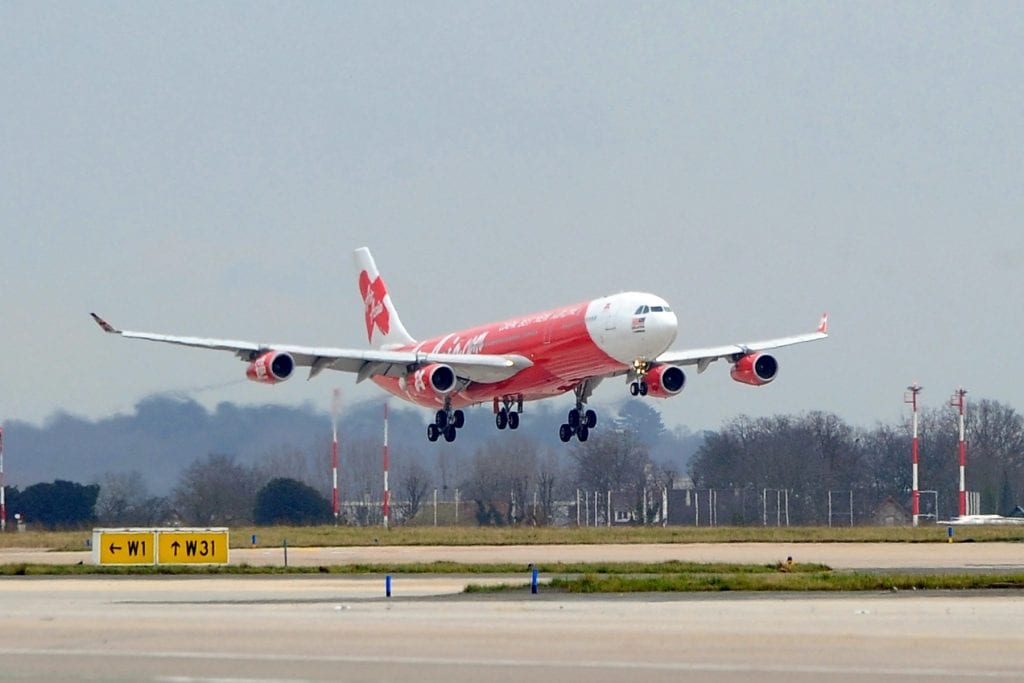
Philippines AirAsia Incorporated targets to make the Clark International Airport its main hub for operations, as the Ninoy Aquino International Airport (NAIA) has inadequate space for the budget airline’s fleet expansion, its chief said.
To sustain its operations, the Clark International Airport Corporation (CIAC) has waived the budget airline’s airport, landing, and takeoff fees, according to Philippines AirAsia chief executive officer Dexter Comendador.
It was in March this year when Philippines AirAsia returned to its Clark roots. In 2013, the budget carrier had moved its operations to NAIA Terminal 4 in Manila after its then-affiliate Zest Airways Incorporated suffered heavy losses.
“We plan to establish Clark as our main hub, because Manila is too crowded. If I have 70 planes in 10 years, I do not have a place to park in Manila,” Comendador told reporters on the sidelines of a briefing in Taguig City last week.
The local airline is planning to increase its fleet to 17 jets this year from the current 14 to accommodate its new operations.
70 airplanes
In the next 3 to 5 years, Comendador said Philippines AirAsia targets to double its fleet. By 2032, it aims to have 70 planes.
“Since we are opening Clark as a hub, we plan to fly to Korea, China, Malaysia, Singapore, Hong Kong, Macau, and Taipei,” Comendador said.
To spur outbound traffic, the CIAC waived landing and takeoff fees as well as other airport charges for Philippines AirAsia.
CIAC chief Alexander Cauguiran earlier said discounts on similar fees have been granted to other airlines operating at the Clark International Airport.
Philippines AirAsia operates a fleet of 17 aircraft with domestic and international flights out of hubs in Manila, Cebu, Kalibo, and now Clark.
It flies to Manila, Davao, Cebu, Kalibo, Tacloban, Tagbilaran, Puerto Princesa, Clark, Shanghai, Taipei, Incheon, Hong Kong, Macau, Kuala Lumpur, Kota Kinabalu, and Singapore.